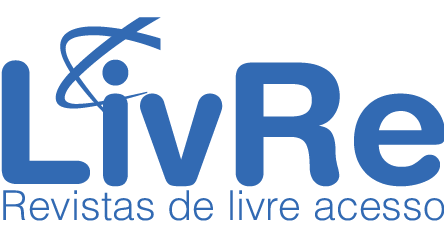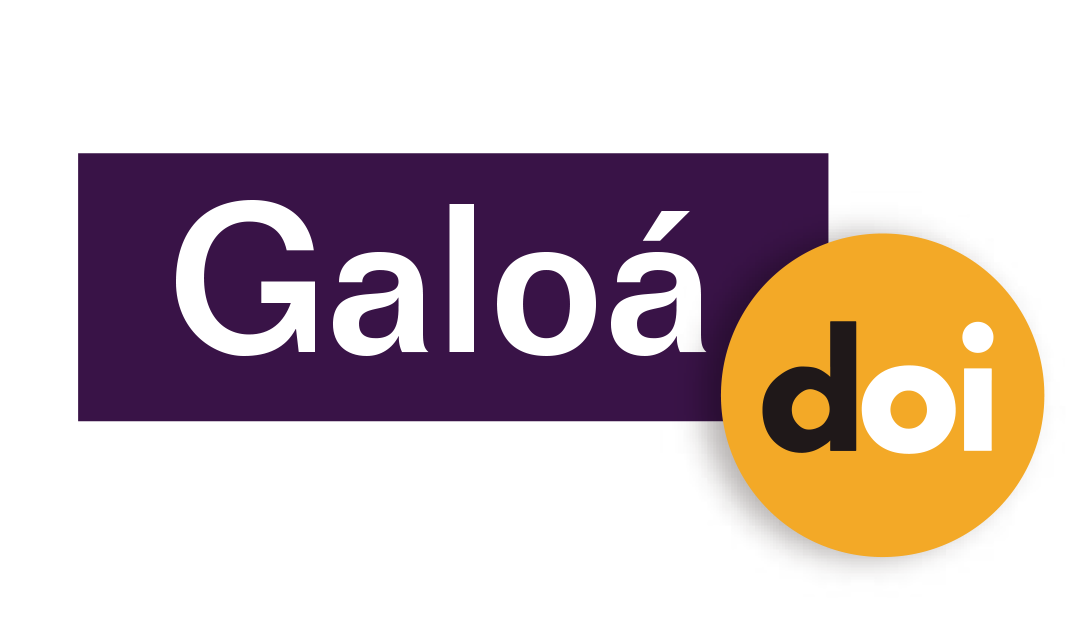Instrumental Genesis of a Learning Trajectory: The Case of Pedro’s Professional Noticing
Resumo
Background: Many teacher education programmes aim for prospective teachers to learn to notice mathematics teaching-learning situations based on learning trajectories of specific concepts. However, there has not been a deeper study on how they use that knowledge to notice children’s mathematical thinking. Objective: To identify characteristics of the instrumental genesis process in an early childhood prospective teacher as he notices a classroom situation using a learning trajectory of length and its measurement as an artefact. Design: We have adapted Rabardel’s instrumental approach. Settings and Participants: An early childhood prospective teacher solving a professional task (case study). Data collection and analysis: We analyse the student’s activity while solving the task, considering the processes of instrumental genesis. Results: The outcomes reveal characteristics of professional noticing skills: (a) providing mathematical meaning to the elements allows constructing utilisation schemes to identify; (b) considering the inclusiveness of levels of understanding and the continuity of progression in learning allows constructing utilisation schemes to interpret, and (c) considering the sequentiality of levels of understanding allows constructing utilisation schemes to make decisions. Conclusions: Instrumental genesis allows identifying which schemes a kindergarten prospective teacher constructs and how he/she acquires his/her professional noticing, and provides information for the teacher educator to make instructional decisions. For example, in our case, the teacher educator provides the prospective teacher of this case study with tasks to give meaning to the transitivity element and variety of contexts related to conservation.
Palavras-chave
Instrumental genesis; Learning trajectory; Professional Noticing; Length and its measurement; Early childhood education
DOI: https://doi.org/10.17648/acta.scientiae.6296
Apontamentos
- Não há apontamentos.
Direitos autorais 2021 Gloria Sánchez-Matamoros, Mar Moreno, Julia Valls

Esta obra está licenciada sob uma licença Creative Commons Atribuição 4.0 Internacional.
ANÚNCIOS
Informamos que, a partir de outubro de 2024, a revista Acta Scientia volta a aceitar submissões de artigos para publicação.
Mais, informamos que sites fraudulentos, https://periodicos-ulbrabr.org e https://periodicos-ulbrabra.org, estiveram se passando pela Acta Scientiae, utilizando nosso nome e identidade visual e até solicitado taxas de APC, que nós não cobramos. Aconselhamos cautela para evitar serem enganados por sites semelhantes.
Conceito A2 na Capes(2021)
Índice h5 do Google Scholar: 13
Índice mediana h5 do Google Scholar:24
eISSN: 2178-7727
Indexações:
A Acta Scientiae é indexada em: | Scopus |  | Latindex |  | Edubase (SBU/UNICAMP) |
 | Sumarios.org |  | Google Scholar |  | Portal LivRe (CNEM) |
 | Journals for Free |  | REDIB |  | Galoá DOI |

Todos os trabalhos publicados aqui estão sob uma licença Creative Commons - Atribuição 4.0 Internacional.
